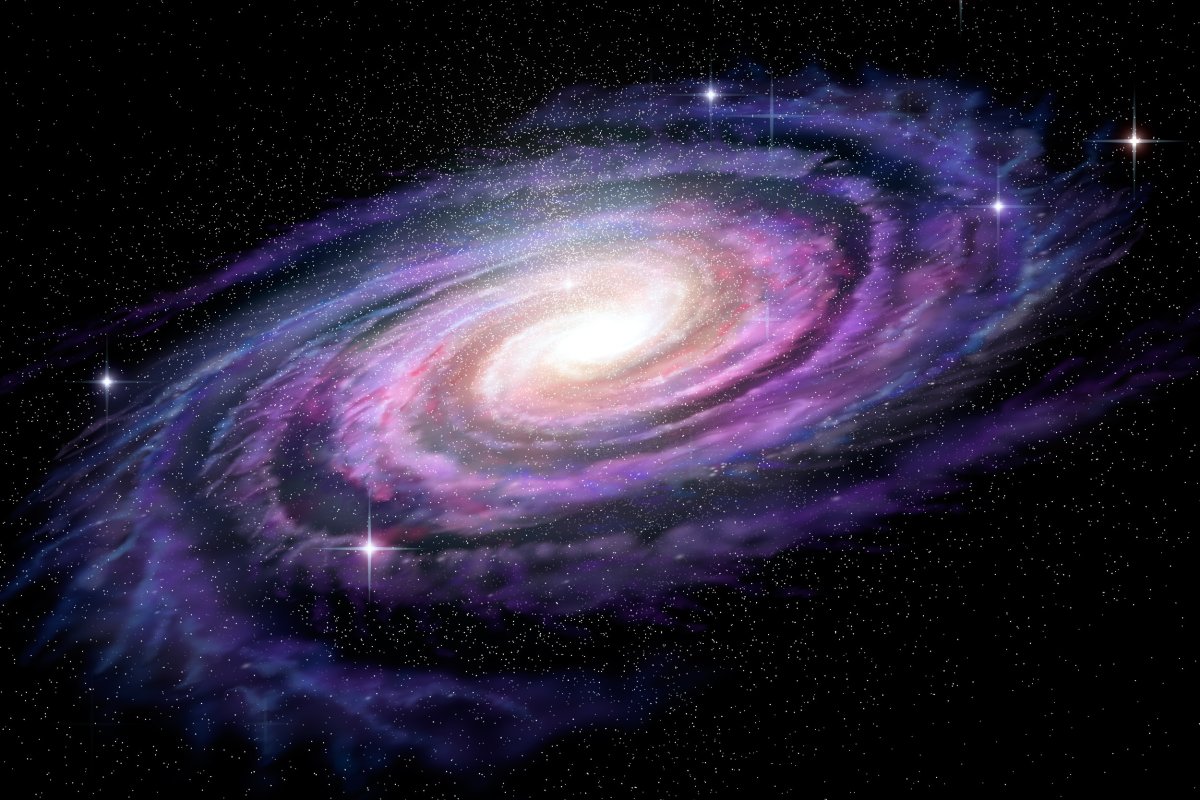Scientists have discovered the second and fourth-most distant galaxies ever observed, deep in the early universe.
An international team of researchers identified the galaxies—dubbed UNCOVER z-13 and UNCOVER z-12 respectively—in a region of space known as Pandora's Cluster using data collected by NASA's James Webb Space Telescope (JWST).
The galaxies, which are located around 33 billion light-years away, will provide new insights into how the earliest galaxies in the universe formed, according to the JWST UNCOVER (Ultradeep NIRSpec and NIRCam ObserVations before the Epoch of Reionization) team that conducted the research. The results have been published in the journal Astrophysical Journal Letters.
Given that the light from these galaxies has taken so long to travel to Earth, they essentially provide a tantalizing glimpse into the distant past.

The researchers have determined that the light from these galaxies detected by JWST was emitted when the universe was around 330 million years old. It then traveled for about 13.4 billion years before reaching the space observatory. Because the universe has been expanding over this time period, however, the galaxies are currently closer to 33 billion light years away from Earth.
"The seemingly discrepant distances are due to the accelerating expansion of the universe, which we often refer to as Hubble's law. In other words, the distances between the galaxies and us are farther away than the light travel time because the space itself has been expanding at an increasing pace," first-author of the study, Bingjie Wang, a postdoctoral scholar at Penn State's Eberly College of Science and a member of the JWST UNCOVER team, told Newsweek.
"Very little is known about the early universe, and the only way to learn about that time and to test our theories of early galaxy formation and growth is with these very distant galaxies," Wang said in a press release. "Prior to our analysis, we knew of only three galaxies confirmed at around this extreme distance. Studying these new galaxies and their properties has revealed the diversity of galaxies in the early universe and how much there is to be learned from them."
The light from these ancient galaxies is around three times older than the Earth, according to another author of the study and UNCOVER team member, Joel Leja, an assistant professor of astronomy and astrophysics at Penn State.
"These early galaxies are like beacons, with light bursting through the very thin hydrogen gas that made up the early universe. It is only by their light that we can begin to understand the exotic physics that governed the galaxy near the cosmic dawn," Leja said.
The two galaxies were among 60,000 light sources detected in one of JWST's first deep field images captured in 2022. Subsequently, the UNCOVER team selected 700 of these light sources to investigate further, believing that eight of them could potentially represent some of the first galaxies.
JWST was then aimed at Pandora's Cluster, recording the spectra of the light sources—a kind of fingerprint of the electromagnetic radiation emitted at each wavelength.
The team found UNCOVER z-13 and UNCOVER z-12 to be considerably larger than the three galaxies previously observed at similarly extreme distances. In fact, other galaxies observed at such distances appear in images as red dots.
"Previously discovered galaxies at these distances are point sources—they appear as a dot in our images," Wang said in the press release. "But one of ours appears elongated, almost like a peanut [UNCOVER z-12] and the other looks like a fluffy ball [UNCOVER z-13]."

"It is unclear if the difference in size is due to how the stars formed or what happened to them after they formed, but the diversity in the galaxy properties is really interesting. These early galaxies are expected to have formed out of similar materials, but already they are showing signs of being very different than one another," he said.
The most distant known galaxy is located 33.38 billion light-years away, and is located in the Hubble Ultra-Deep Field image, which contains an estimated 10,000 galaxies. It was discovered by the JWST Advanced Deep Extragalactic Survey, which also uses data collected by the James Webb telescope.
The latest study adds more samples to the small group of distant galaxies observed at extreme distances.
"[This] means that we have more leverage to answer some of the longstanding questions in modern astrophysics, such as the nature of the first stars, the coalescence of the first cosmic structures, and the seeds of supermassive black holes," Wang told Newsweek. "The two galaxies found in our paper are notably larger than the other galaxies found at similar distances.
"We have theoretical predictions of sizes of different galaxies based on the local universe, but our results would imply that the sizes of the early galaxy populations can be more diverse than expected, motivating us to rethink the growth of structure in the early universe."
Update 11/15/23, 10:18 p.m. ET: This story was updated with additional information from Bingjie Wang.
Uncommon Knowledge
Newsweek is committed to challenging conventional wisdom and finding connections in the search for common ground.
Newsweek is committed to challenging conventional wisdom and finding connections in the search for common ground.
About the writer
Aristos is a Newsweek science reporter with the London, U.K., bureau. He reports on science and health topics, including; animal, ... Read more
To read how Newsweek uses AI as a newsroom tool, Click here.








